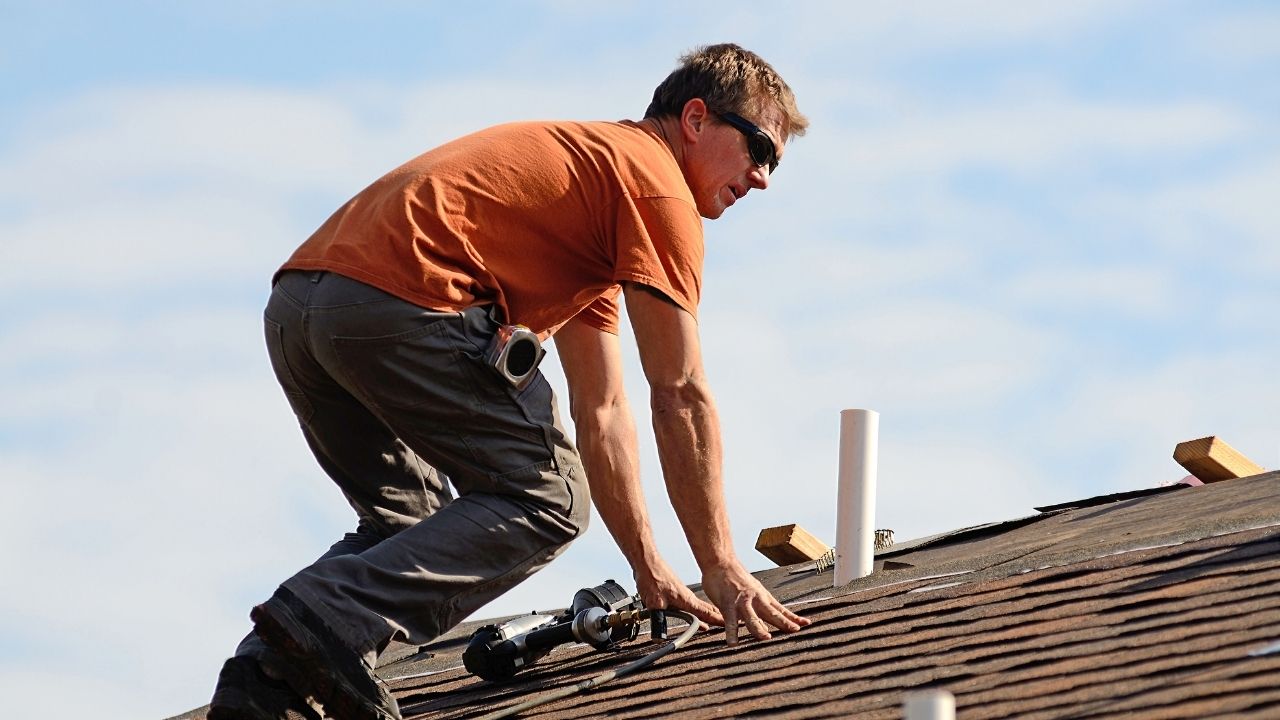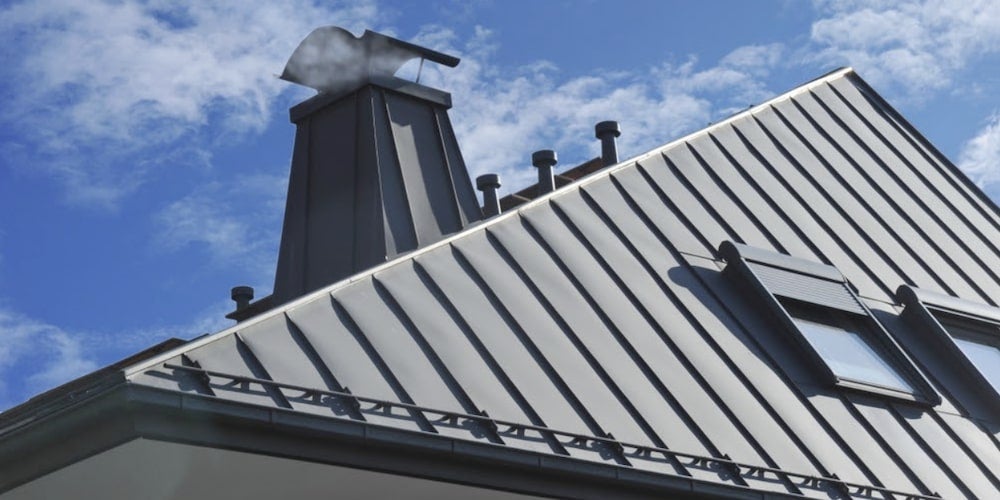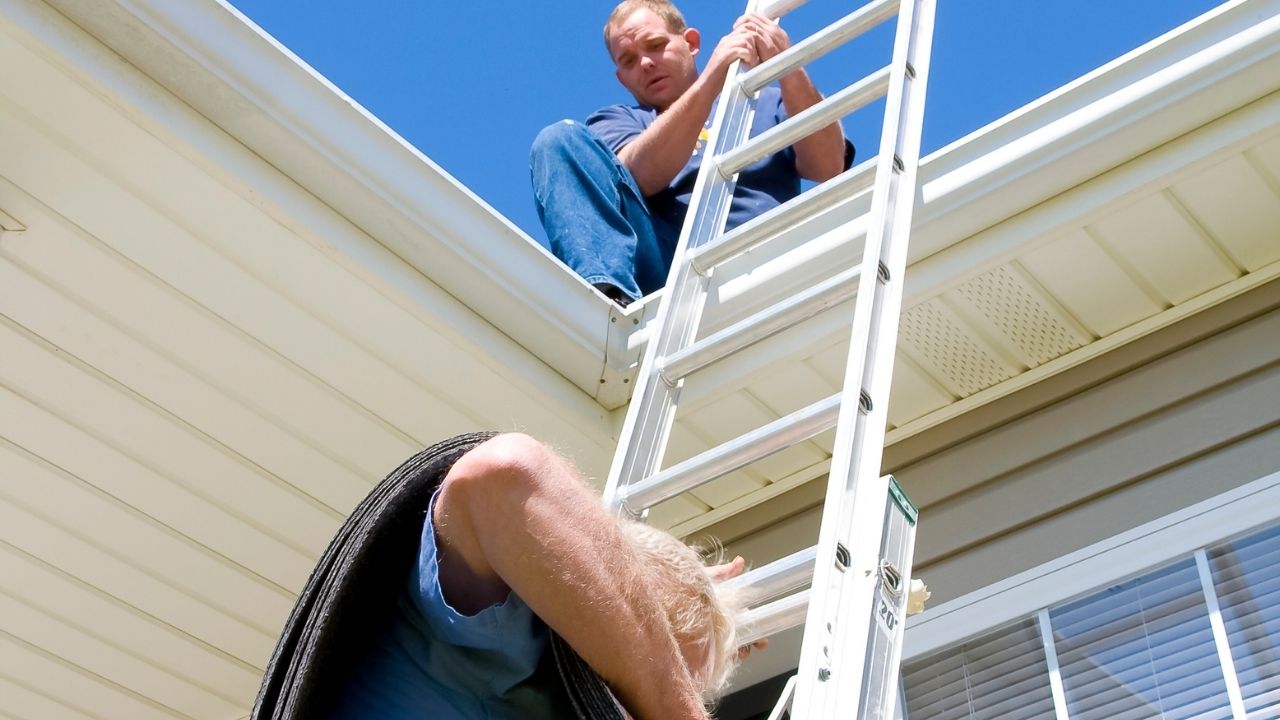
Sustainable roofs are essential if you want high energy efficiency and a reduced carbon footprint. Most roofing materials are moisture-sensitive, so they need proper moisture management. They won't last long if they don't have proper moisture management and aren't strong enough to resist wind uplift. For this reason, a sustainable roof system should be proven for durability. The impact of nature's influence on roof systems cannot be reproduced in a lab, so it is crucial to only use sustainable products.
As mentioned earlier, sustainable roofs need to conserve energy. They will decrease a building's carbon emissions and lower energy-related costs. These sustainable roofs may provide savings that exceed the initial investment. In addition to energy savings, they can also provide aesthetic benefits and reduced energy bills. It is important to know how to properly care for your sustainable roof. You can combine some sustainable roofs with solar panels to get additional benefits.

Sustainable roofs can also reduce energy consumption. Most roofs are designed to last 30 years or longer. The more they last, the lower their cost over time. There are several other criteria that should be considered when specifying a sustainable roof. A sustainable roof must be durable. It is important to install a sustainable roofing system that has good drainage. You can also use a high compression cover board to protect your thermal insulation.
A sustainable roof will last for many years. A roof with a long lifespan will be more durable and will need less maintenance. A sustainable roof will also have a higher reflective value than a cool roof. A roof system that will last 40 years will be twice as energy efficient than one that lasts only 20 years. In addition, it will also have water retention properties. So, consider a sustainable roofing system. You'll be glad you did.
A living green roof will help you save money on heating and cooling your home. Green roofs are insulated during the winter months, and cool in summer. This results in lower energy consumption, less energy bills, and fewer greenhouse gas emissions. A living green roof can also help reduce your carbon footprint. This is something to consider if you would like to put a sustainable roof over your home. The extra expense is worth it.

Sustainable roofs offer many benefits. The roofs can help offset the rising cost of electricity by harnessing solar energy. This is a growing source of energy. Rooftop storm water can be collected from some of these roofs and used for landscaping purposes as well as other building requirements. This lowers the cost and usage of municipal water. The benefits of a sustainable roof are not only beneficial for reducing water and energy bills but also make a building more desirable for many.
FAQ
Can I rent a dumpster?
A dumpster can be rented to dispose of your debris after you have completed your home renovation. Renting out a dumpster is an excellent way to keep your yard tidy and free from debris.
How long does it usually take to renovate your home?
It depends on the size of the project and the amount of time that you spend each day. The average homeowner spends three to six hours each week working on the project.
Do I need permits to renovate my house?
Yes, you will need permits before starting any home improvement project. In most cases, you will need both a plumbing and building permit. You may also need a zoning permit depending on the type of construction you are undertaking.
Is it possible to live in a house that is being renovated?
Yes, I am able to live in a house and renovate it.
Can you live in a house and have renovations ongoing? The length of construction takes will determine the answer. If the renovation takes less time than two months, then no, you can still live in your home during construction. However, if the renovation project lasts longer than two months, then no, you cannot live in your home while the renovation is taking place.
There are many reasons why you should not live at home during major construction projects. You might be hurt or even die from falling objects on the site. You could also suffer from noise pollution and dust caused by the heavy machinery used on the job site.
This is especially true for multi-story houses. In this case, the sound and vibration created by the construction workers might cause severe damage to your property and its contents.
You will have to live in temporary accommodation while your home renovations are underway. This means you won't be able to use all the amenities in your own home.
You won't be allowed to use your dryer or washing machine while they are being repaired. It will be difficult to bear the smell of paint fumes as well the sounds that workers make.
All these things can lead to anxiety and stress in your family. You should plan ahead to avoid feeling overwhelmed by this situation.
It is important to research before you start renovating your house. This will help you avoid costly mistakes down the road.
You can also consider professional advice from a trusted contractor to ensure smooth running of your project.
Statistics
- A final payment of, say, 5% to 10% will be due when the space is livable and usable (your contract probably will say "substantial completion"). (kiplinger.com)
- On jumbo loans of more than $636,150, you'll be able to borrow up to 80% of the home's completed value. (kiplinger.com)
- The average fixed rate for a home-equity loan was recently 5.27%, and the average variable rate for a HELOC was 5.49%, according to Bankrate.com. (kiplinger.com)
- According to the National Association of the Remodeling Industry's 2019 remodeling impact report , realtors estimate that homeowners can recover 59% of the cost of a complete kitchen renovation if they sell their home. (bhg.com)
- Most lenders will lend you up to 75% or 80% of the appraised value of your home, but some will go higher. (kiplinger.com)
External Links
How To
How to Renovate an Old House
First, you need to decide what kind of renovation you want. This could be anything from updating your kitchen appliances to completely renovating the house.
Once you decide what kind of renovations you want, you will need to calculate how much money is available. You may find that your funds are not sufficient to cover the whole project. If this happens, you might need to make difficult decisions about which areas in your home you can afford to upgrade and which ones to keep the current budget.
You need to be sure that before you do any renovations you are aware of the following things. The most important thing is to ensure that you get any permits required for the job. It's also worth checking whether you need planning permission to carry out certain types of work. To add extensions to your home or make other changes, you might need building consent.
Before you start working on the house, it's always best to check the local council website to see if they require any additional permits. It is also important to check whether planning permission is required for every part of the house you are renovating. You might also need to check with your insurance provider if you are undertaking major work such as installing a roof.
The next step after obtaining all necessary permits is to pick the right materials and tools for the job. There are many options so make sure you take your time and research each one thoroughly. You will use paint, wallpaper paste or flooring for your renovations.
It is important to evaluate the quality of these items when you are shopping for them. Poor quality products can be expensive and last for a very short time. Good quality products, however, will last longer and provide more value for your money. When purchasing any product, make sure you purchase the correct amount. You shouldn't just buy too much because you might end up wasting valuable resources and having to throw away large amounts of material. You should instead buy only what you really need.
Once you've decided on the materials you want to use, you must plan where you'll keep them while you are working on the property. You might need storage space if you are renovating large areas of your house. Alternatively, you could ask family members or friends to help you move all the items around.